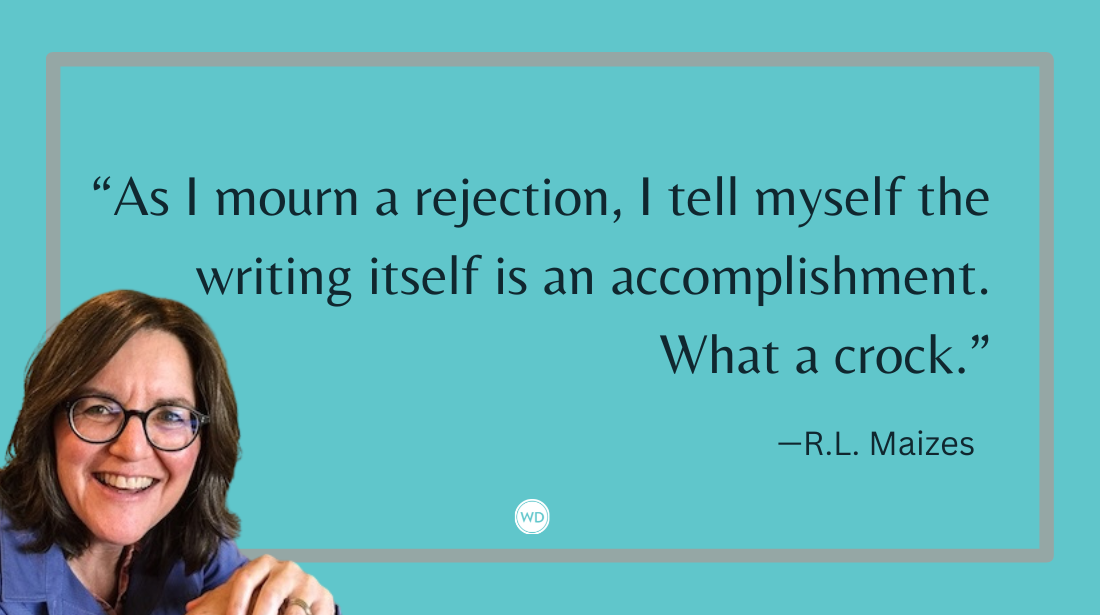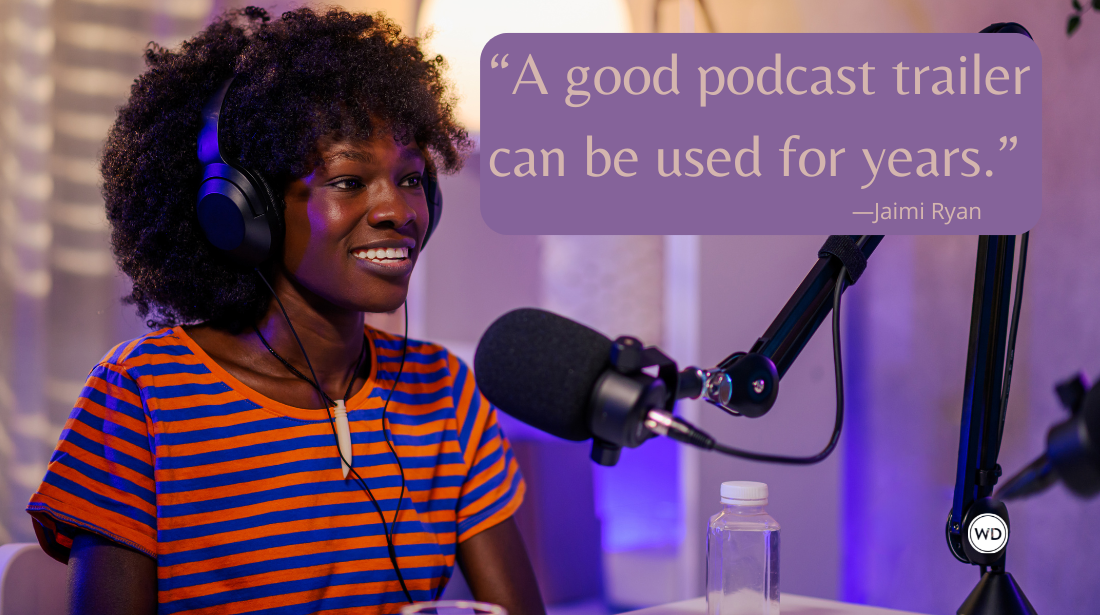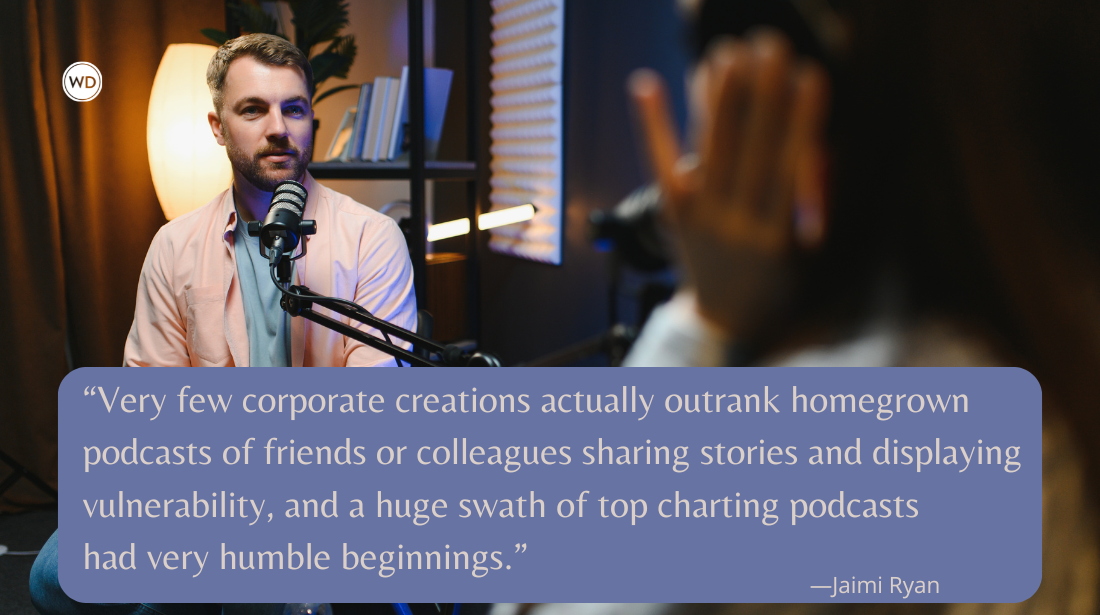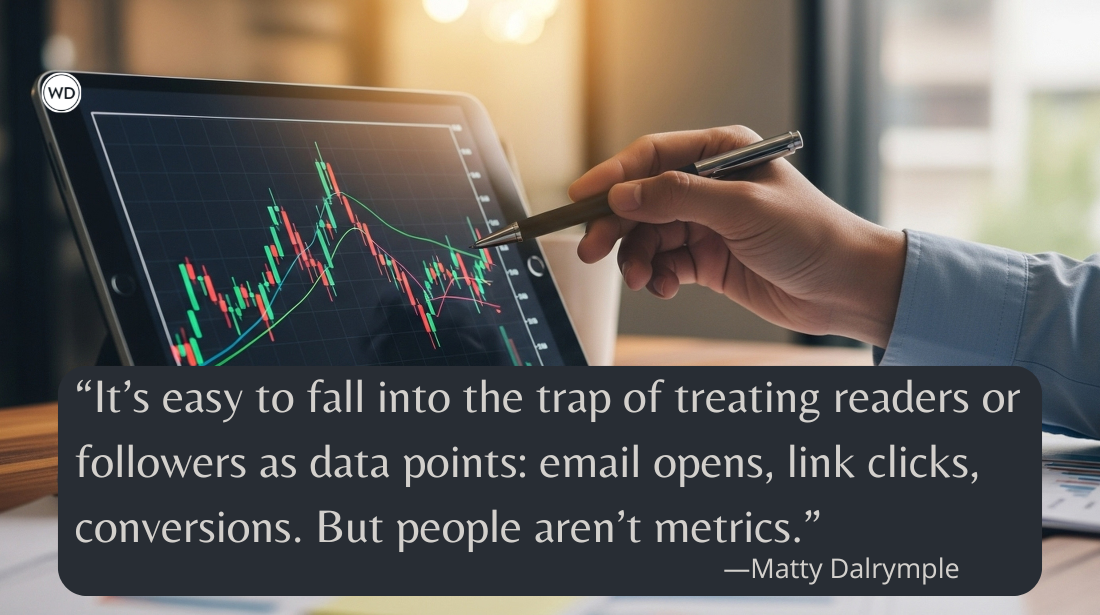How I Landed A Literary Agent & What You Can Learn From it: Anne A. Wilson
I was forty-three when I wrote my first novel and realized I’d found my passion. Several years and four novels later, I finally decided to land an agent and get published. Here’s how I found success.
I was forty-three when I wrote my first novel and realized I’d found my passion. Several years and four novels later, I finally decided to try land an agent and get published. Here's how I found success.
For the record, I never truly considered self-publishing. Let’s just say, I’m old enough to know what I don’t know. And in the world of publishing, that was practically everything.
This guest post is by Anne A. Wilson. She graduated from the United States Naval Academy and served nine years active duty as a navy helicopter pilot, which included deployment to the Persian Gulf. The Naval Helicopter Association named Anne and her crew Helicopter Aircrew of the Year, an award given for search and rescue.
Hover is her debut novel. Her second novel, Clear to Lift, will be released in July 2016
Having a publishing house that would ensure my novel received proper treatment—edits, copyedits, typesetting, proofreading, cover design, marketing, sales, publicity—was important to me.
But just as important, I wanted a writing career. For this, I felt I would need the professional guidance of a quality literary agent. These men and women have job descriptions that would fill pages. Yes, they shop your manuscript to publishing houses, but that’s just one tiny slice of the literary agent’s day-to-day job pie.
A literary agent is a full-on business partner, someone you’re going to be working with for years—decades, hopefully—who is deeply invested in your writing career. [Like this quote? Click here to Tweet and share it!] We’re talking contract negotiations, sales of audio rights, digital rights, film rights, editing advice, publicity, and more. And then, all those personal things. Someone to listen to you vent, to strategize, to answer your myriad questions, to kick you in the you-know-what when you need it, to pick you up when you’re down, and sometimes, just cheer you on. Like a coach, a confidant, they are always there for you.
Needless to say, finding the right literary agent requires a well-researched, thoughtful approach.
I did my homework.
I made lists. I checked literary agent databases—I used Publisher’s Marketplace and QueryTracker—to find what genres a particular agent represented, learn about their current authors, discover how many sales she’d made in the past year, and so on.
Beyond this, I searched for interviews and articles about the agents that would be potential “fits” for me. I even checked them out on social media—anything to glean a bit of knowledge about his or her personality, their rapport with others, and reputation in the industry.
So, list in hand, it was time to send query letters to these agents, pitching my manuscript, in the hope of obtaining literary representation. But how to do this? How does one write an effective query letter?
I turned to Writer’s Digest. Their tutorials, blog articles, boot camps, and conferences not only help you improve your writing, but also, give you the down and dirty on publishing. Among their many offerings, they also host webinars, including ones with titles like, “How to Query an Agent,” or something similar. These webinars are facilitated by—guess who?—current literary agents.
Ding! Ding! Ding! Ding!
If you remember nothing else from this article, remember this: Writer’s Digest webinars—especially the how-to-query-an-agent variety—come with a critique included. The literary agent who facilitates the webinar has to look at your query. And not only are they required to look at it, they are required to critique it, which means they have to read it through to the end. If they like what they see, they can request sample pages or even a full manuscript.
This is gold. Pure publishing gold.
Why? Agents receive thousands of queries. Thousands. If your query gets a ten-second look, you’re lucky. Really, it’s that fast.
Over the course of a year, I had racked up scores of rejections from agents—some may have read my query all the way through, most probably didn’t—but all along, I was taking these webinars, and I was learning. I acted on the feedback I received, and over the course of many, many months, finally started dialing in my query.
I wish I could have signed up for every how-to-query-an-agent webinar offered—they are all worth it—but I had to be selective, because I was on a budget. I picked webinars that were going to be facilitated by agents who represented my genre, because if, by chance, they liked what they saw, then I would have an agent reading my work, where the potential existed for it to lead to something more—an offer of representation.
Hundreds of literary agents live out there, so the prevailing wisdom is to query several at a time. I did it in batches. I would research several and send queries to those and then move to more research. I was many months into it, when I started running across the name, Barbara Poelle.
Besides her outstanding professional qualifications, the reputation piece I spoke about earlier was huge with her. Highly thought of in the industry—she has a positivity to her that’s hard to ignore—she’s one of those what-goes-around-comes-around people. Over and over I saw this with Barbara. Her praise and well-wishes for fellow agents, her genuine rapport with editors and others, the support and team environment she offers her list of authors—we’re known as Poelleans—all pointed to a person I wanted to work with.
When I learned that she would be facilitating a Writer’s Digest webinar—one with a live critique—I jumped on it.
A “live” critique is just that. Your query letter is put up for all attendees to see right there during the webinar and the agent talks through it. Even though every person who registers for a webinar receives a critique of their query letter, only a few queries receive a live critique, due to time constraints.
Because I’d participated in so many webinars previously, I knew that agents showed examples of good query letters and not-so-good ones, all for illustration and teaching purposes.
At the end of Barbara’s webinar, she said, “I think we have time for one more.”
And there it was. Bam. My query letter on the screen.
Holy crap, holy crap, holy crap!
I held my breath. Was mine a good example or a not-so-good one?
I think it sounds positive. But then, no. Well maybe, yes. But then, no. I can’t tell! Gah!
At the end, I wasn’t sure. But when you’ve tucked away so many rejections, I think you get programmed for the ubiquitous, “I liked it, but . . .”
It wasn’t until I received my emailed critique that I finally exhaled. Barbara had requested the full manuscript—the first time an agent had done so.
The rest is history, as they say. Barbara offered representation (after a few revisions and a re-submit) and a two-book deal followed with Tor/Forge Publishing, a Macmillan imprint.
I read scores of How I Got My Agent articles during my quest for literary representation, and it’s my sincere hope that this piece will aid you in your publishing quest, so you can write your own article someday.
Your new complete instructional guideto finding an agent is finally here:
The 2015 bookGET A LITERARY AGENT includes more than 110 literary agents
who share advice on querying, craft, the submission process, researching agents,
andmuch more.
Order now!
Thanks for visiting The Writer's Dig blog. For more great writing advice, click here.
Brian A. Klems is the editor of this blog, online editor of Writer's Digest and author of the popular gift bookOh Boy, You're Having a Girl: A Dad's Survival Guide to Raising Daughters.
Follow Brian on Twitter: @BrianKlems
Sign up for Brian's free Writer's Digest eNewsletter: WD Newsletter









